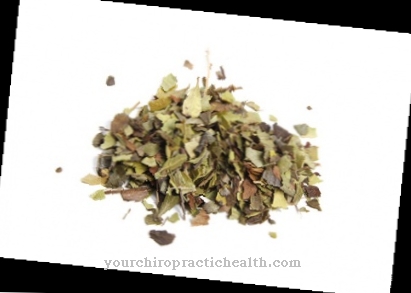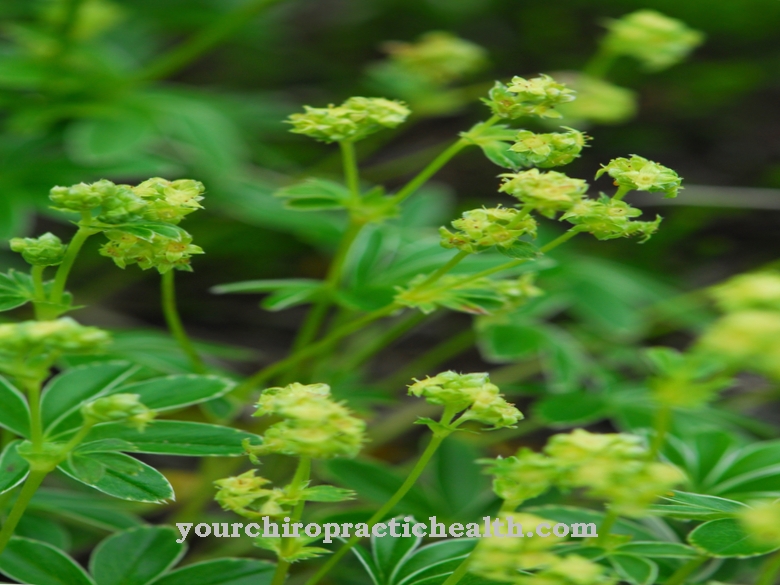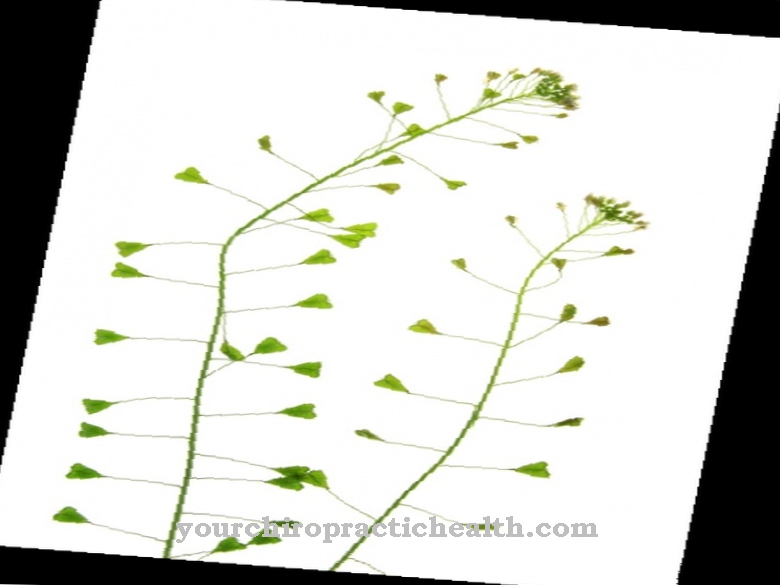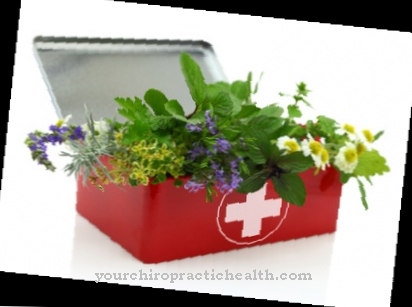Occurrence and cultivation of the common ivy

In Central Europe, the common ivy is the only root climber. Its shoot axes begin to lignify after a few years and develop into semi-shrubs, shrubs and lianas (climbing plants). In rare cases, the lignification can go so far that the ivy appears as a tree. The woody trunks sometimes reach a diameter of 10 to 30 centimeters. The ivy develops two different leaf shapes in the course of its development. This phenomenon is known as leaf diphormism.
The creeping young shoots have angular, lobed leaves, while the leaves have a smooth edge when the plant is fully grown. The leaves then grow in the shape of a pear, the stems of which are free in the air. In late summer, spherical flowers form. Black, poisonous berries develop from these flowers in winter. The ivy is native to western, central and southern Europe. In the course of European colonization, the common ivy found its way to North America, Australia and New Zealand.
Effect & application
All parts of ivy are poisonous. However, the toxicity also depends on the dose of the active ingredients. Therefore ivy can also be used as a medicinal and medicinal plant. Preparations made from ivy leaves have an expectorant and antispasmodic effect at low concentrations. Therefore, they are used for bronchial diseases as well as irritable and convulsive coughs. At higher doses, however, there is irritation of the skin and mucous membranes. This effect is caused by Alpha-Hederin.
Alpha-hederin is formed when saponins are broken down, which are found in the leaves, wood and berries of ivy. This substance makes up 80 percent of the poisons in ivy.Another toxic substance is falcarinol. Various plant species, such as ivy, produce falcarinol to ward off pests and fungi. Cancer-preventing, antibacterial, fungicidal and analgesic properties of this substance have been found in low concentrations.
However, in larger quantities it is poisonous and can lead to allergies and skin irritation. Therefore, light protective measures are also recommended when cutting ivy. The toxicity of ivy is also the reason why it is only rarely used as a medicinal plant today. It used to be a popular medicinal plant and was even considered a sacred plant in ancient times and antiquity. It has been used for diarrheal diseases, diseases of the spleen and diseases of the respiratory tract.
Back then, people also trusted the healing powers of ivy for rheumatism, gout, jaundice and even the plague. Today, only the leaves and flowers may be used in its application. The black berries have too high a concentration of toxins. The concentration must not be too high for internal use. Therefore, mixed teas with ivy are suitable as bronchial teas. Externally, however, it is safe to use. It is used in the form of baths, poultices and compresses for wounds, ulcers and pain. Ivy can also be used as an ointment or an oil extract.
Importance for health, treatment & prevention
Ivy has a healing effect on various respiratory diseases, ulcers, gout, rheumatism and various pains. It also lowers fever, heals wounds and is even used for cellulite. An ivy compress is also recommended for nerve pain, so-called neuralgia.
In November 2009 it was proclaimed Medicinal Plant of the Year 2010. Because ivy extracts are used today as cough syrup or medicinal teas to treat stubborn mucus in the bronchi. However, due to the toxicity of the active ingredients, these extracts can only be regarded as medicinal products. The dosage must not be too high. Only the leaves may be used to make them. They contain up to 6 percent triterpene saponins.
In addition to alpha-hederin, the substances hederacoside B and C also play a role in terms of effectiveness. These active ingredients liquefy the mucus, relax the bronchial muscles and thus relax the airways. These extracts are also very effective in treating chronic inflammatory bronchial diseases and whooping cough. In addition to cough syrups and teas, the ivy extracts are also used as drops.
In higher doses, however, there are unpleasant side effects or even severe poisoning. Especially in the pulp of the black berries of ivy, the alpha-hederin content is so high that consuming it is very dangerous. The first symptoms of poisoning can occur as soon as 2 to 3 berries are consumed. There is nausea, vomiting, a rapid pulse, irritation of the stomach and intestines and headaches. Consumption of a large amount of berries even leads to severe diarrhea, cramps and respiratory failure. Fatal forms of this poisoning have also been observed. Even external contact with ivy can cause severe skin irritation and allergies due to the influence of the same active ingredient.
























.jpg)



